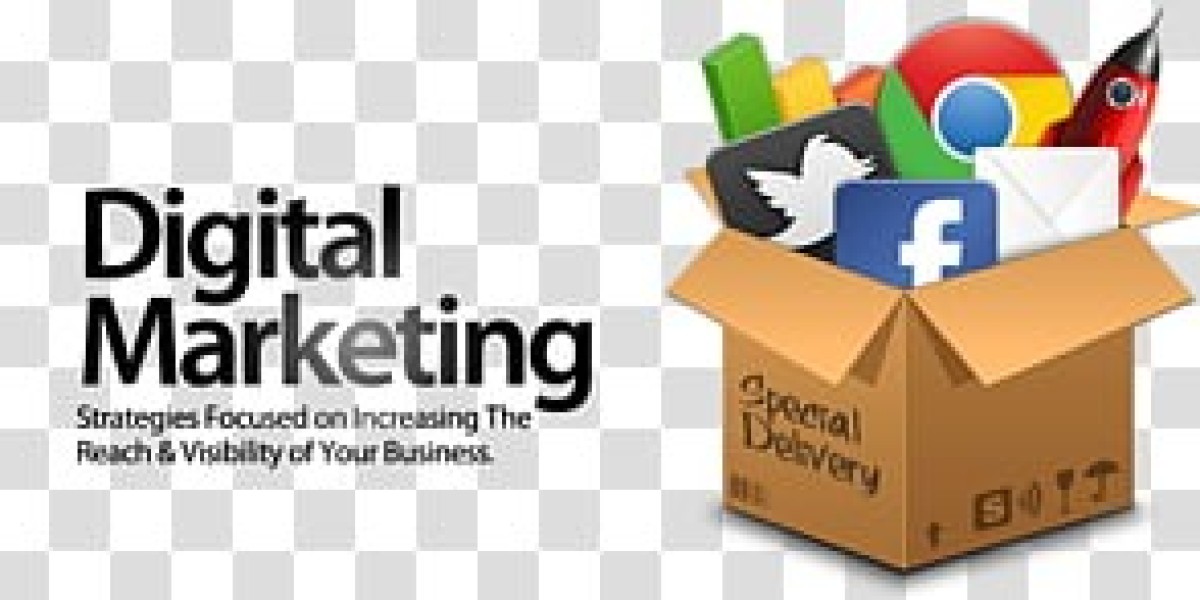Marketing has always been about connecting with people at the right time and place. For centuries, businesses relied on word of mouth, newspapers, billboards, and television ads to promote their products. But as technology evolved, so did marketing. Today, we know this transformation as digital marketing – a field that has completely reshaped how businesses communicate with their customers.
Let’s take a journey through the fascinating history of digital marketing to understand how it began, how it grew, and why it’s the backbone of modern business today.
The Early Days of Digital Marketing (1990s)
The 1990s marked the birth of the digital era. With the launch of the World Wide Web in 1991, the foundation of digital marketing was laid. Soon after, businesses began exploring new ways to reach audiences online.
1993 – The First Clickable Web Ad: AT&T ran the first banner ad on HotWired, which said “Have you ever clicked your mouse right here? You will.” It achieved a massive 44% click-through rate.
1994 – Yahoo Launched: Yahoo became one of the first major search engines, changing the way users found information. Businesses quickly realized the importance of being visible on search engines.
1996 – SEO Emerges: As websites multiplied, the need for search engine optimization (SEO) became crucial to stand out.
This era was simple but powerful – digital marketing was no longer a concept; it had become a reality.
The Rise of Search Engines & Email Marketing (Late 1990s – Early 2000s)
By the late 90s, the internet had millions of users, and businesses started experimenting with more structured digital strategies.
1998 – Google was born: It revolutionized how people searched online. Marketers began optimizing websites to rank higher, giving birth to modern SEO.
Email Marketing: Email became one of the earliest and most effective forms of digital marketing. Businesses used newsletters and promotional emails to engage customers.
Pay-Per-Click Advertising (PPC): Search engines like Yahoo and Google introduced PPC ads, allowing brands to pay only when users clicked on their ads.
Social Media & the Web 2.0 Revolution (2000s)
The 2000s brought the rise of social media, which completely transformed the landscape of digital marketing.
2003 – LinkedIn Launched: Initially a professional networking site, it later became a powerful B2B marketing platform.
2004 – Facebook Launched: It redefined social interactions and introduced targeted advertising.
2005 – YouTube: Video marketing entered the digital world, giving businesses a creative way to connect with audiences.
2006 – Twitter: Real-time conversations and hashtags became a new way for brands to stay relevant.
This era also saw the growth of blogs, forums, and online communities, making content marketing an essential digital strategy.
The Smartphone & Mobile Marketing Era (2010s)
The launch of the iPhone in 2007 and the subsequent boom of smartphones brought marketing directly into people’s pockets.
Mobile Apps & Push Notifications: Brands used apps and notifications to engage users instantly.
Instagram (2010): Visual marketing became mainstream with Instagram’s photo and video-sharing platform.
Influencer Marketing: Social media influencers began shaping consumer behavior, creating a whole new marketing model.
Big Data & Analytics: Businesses started using data-driven insights to personalize campaigns and measure results effectively.
This period marked the shift from traditional digital marketing to intelligent, targeted marketing powered by consumer data.
The AI & Automation Era (2020s – Present)
Today, digital marketing is smarter, faster, and more personalized than ever.
AI & Machine Learning: Chatbots, predictive analytics, and AI-driven ads help brands understand consumer behavior deeply.
Voice Search & Smart Devices: With Alexa, Siri, and Google Assistant, voice search has changed SEO strategies.
Short-Form Content: TikTok, Instagram Reels, and YouTube Shorts dominate user engagement.
Omnichannel Marketing: Businesses now create seamless experiences across websites, apps, social media, and offline platforms.
Data Privacy Concerns: With regulations like GDPR, marketers must balance personalization with consumer privacy.
Digital marketing has now become the heart of business strategy across industries.
Conclusion
The history of digital marketing is a story of continuous evolution. From the first clickable ad in 1993 to today’s AI-powered campaigns, digital marketing has transformed the way businesses reach their customers.
What started as simple banner ads and emails has now expanded into SEO, PPC, social media, influencer marketing, video marketing, and automation. Each new wave of technology has given businesses more powerful tools to connect with audiences in meaningful ways.
As we step further into the future, one thing is certain: digital marketing will keep evolving with innovations like artificial intelligence, augmented reality, and Web 3.0. For businesses and professionals alike, embracing these changes is the key to success in the digital era.
If you’re looking to build a future-proof career or grow your business, learning digital marketing is not just an option – it’s a necessity.






